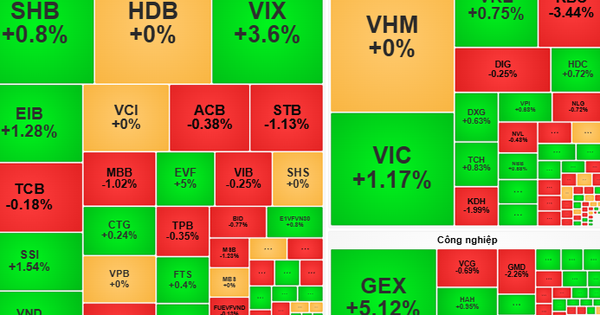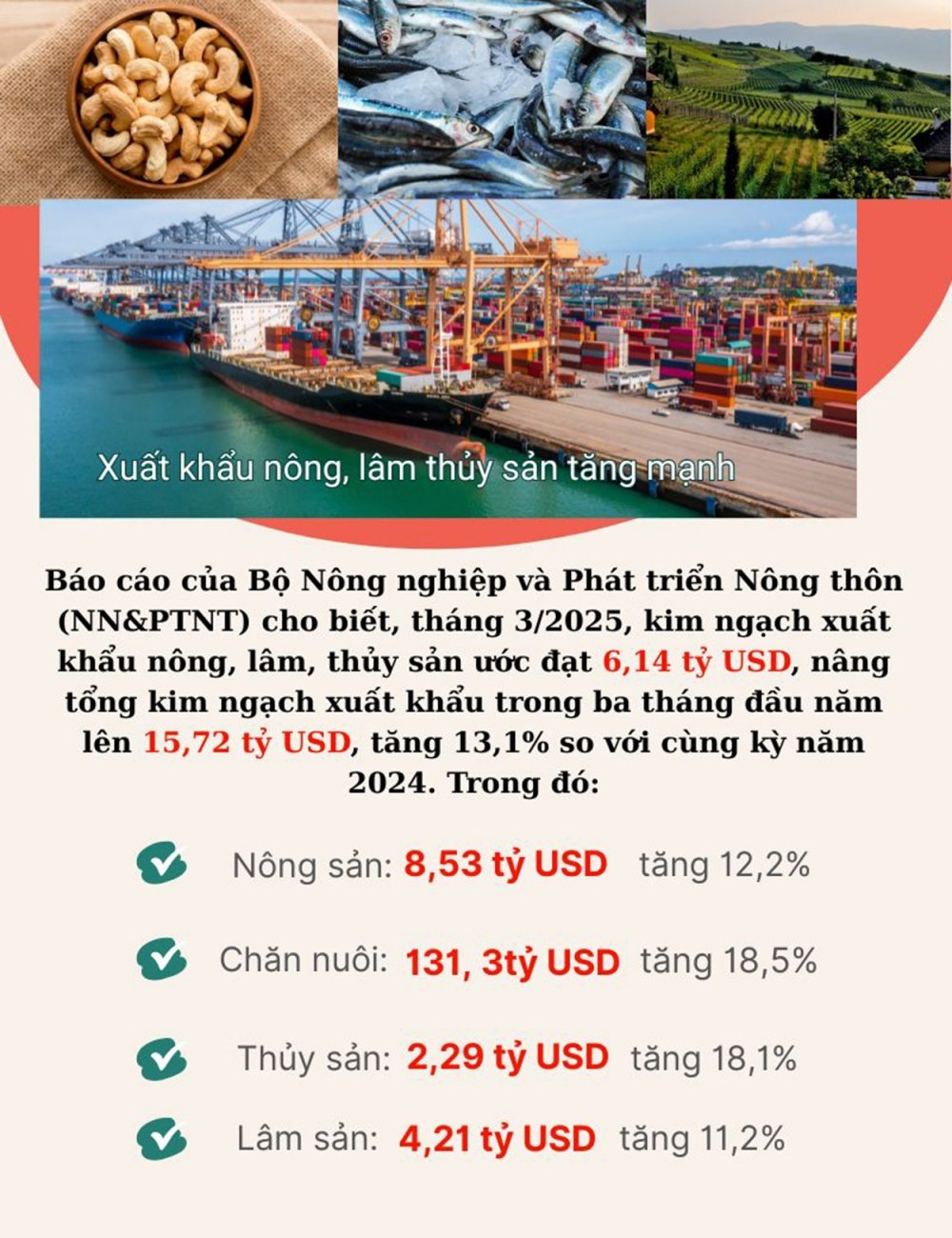Gasoline prices continued their downward trend into the first trading session of the new week. Domestic gasoline prices are forecast to increase slightly by about VND200/liter (kg).
World oil prices
At 5:55 a.m. on June 12 (Vietnam time), Brent crude oil was trading at $74.52 per barrel, down 27 cents, or 0.36%. At the same time, US WTI crude oil fell 22 cents, or 0.31%, to $69.95 per barrel.
 |
| Oil prices continued their downward trend last weekend. Illustration photo: Oilprice |
Oil prices continued to plummet, extending the losing streak of last week's trading sessions despite news that the US Department of Energy plans to buy an additional 3 million barrels of oil to replenish its strategic oil reserve in September. In August, 3.1 million barrels of oil at an average price of 73 USD/barrel will be supplied to this oil reserve under a contract signed between the US Department of Energy and 5 suppliers.
Last year, the US released a record 180 million barrels of oil in an effort to cool rising oil prices after Russia launched a special military operation in Ukraine.
It was thought that the US decision to buy oil would help oil prices turn around and accelerate, but no, oil prices continued to decline.
Last week, both Brent and WTI fell more than $1. Brent fell $1.34 to $74.79 a barrel, while WTI fell $1.57 to $70.17 a barrel. Both oil benchmarks fell for a second straight week, weighed down by weak Chinese economic data, rising U.S. gasoline inventories, and the possibility of Iranian oil entering the market soon.
The Israeli newspaper Haaretz reported that negotiations were progressing faster than expected, with the US and Iran likely to reach a deal in the coming weeks. The terms of the deal could include Iran halting uranium enrichment at 60% and above in exchange for being allowed to export up to 1 million barrels of oil per day. The news briefly sent US WTI crude down nearly 5%, briefly trading below $70 a barrel. But oil prices recovered most of their losses in the same session as the news was later refuted by both the US and Iran.
Also last week, the US Energy Information Administration (EIA) said US gasoline inventories rose by 2.8 million barrels last week, while diesel inventories rose by 5.1 million barrels. The unexpected increase in US fuel reserves raised concerns about consumption in the world's top oil-consuming country.
Meanwhile, data released by the National Bureau of Statistics of China showed that China's producer price index (PPI) fell 4.6% year-on-year in May, the sharpest decline in seven years. The PPI fell due to weak overall demand and falling global commodity prices. China's consumer price index (CPI) rose slightly by 0.2% year-on-year in 2022, lower than the forecast of 0.3% and higher than the 0.1% increase in April.
 |
| Gasoline prices start the week with volatility. Illustration photo: Reuters |
Tomorrow (June 13), the US Federal Reserve (Fed) will begin a two-day meeting to discuss whether to raise or keep interest rates unchanged. Analysts predict that the Fed will most likely keep interest rates unchanged after a year of strong interest rate increases to curb inflation. If true, the Fed's decision will help oil prices accelerate again.
Domestic gasoline prices
Domestic retail prices of gasoline on June 12 are as follows:
E5 RON 92 gasoline is not more than 20,878 VND/liter. RON 95 gasoline is not more than 22,015 VND/liter. Diesel oil not more than 17,943 VND/liter. Kerosene not more than 17,771 VND/liter. Fuel oil not exceeding 14,883 VND/kg. |
World oil prices have decreased over the past two weeks, however, the reference price in the Singapore market has increased slightly, so it is likely that in the price adjustment session of the Ministry of Finance - Industry and Trade this afternoon (June 12), oil prices will be adjusted slightly up to a maximum of 200 VND/liter (kg) or remain unchanged.
If forecasts are correct, domestic gasoline prices will increase for the third consecutive time. Since the beginning of the year, gasoline prices have undergone 15 adjustments, of which 9 have increased, 5 have decreased, and 1 has remained unchanged.
MAI HUONGSource


![[Photo] Third meeting of the Organizing Subcommittee serving the 14th National Party Congress](https://vstatic.vietnam.vn/vietnam/resource/IMAGE/2025/4/2/3f342a185e714df58aad8c0fc08e4af2)
![[Photo] General Secretary To Lam receives Russian Ambassador to Vietnam](https://vstatic.vietnam.vn/vietnam/resource/IMAGE/2025/4/2/b486192404d54058b15165174ea36c4e)





























![[Photo] Relatives of victims of the earthquake in Myanmar were moved and grateful to the rescue team of the Vietnamese Ministry of National Defense.](https://vstatic.vietnam.vn/vietnam/resource/IMAGE/2025/4/2/aa6a37e9b59543dfb0ddc7f44162a7a7)





























































Comment (0)